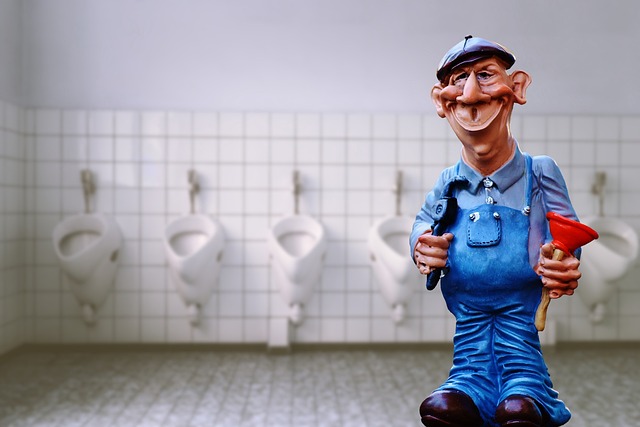Homeowners often face toilet flushing issues, wasting water and impacting functionality. Root causes include faulty float valves, worn seals, or improper installation. Early signs of trouble like continuous water flow, gurgling, excessive noise, leaks, and overfilled tanks should be addressed promptly. Simple fixes may resolve minor issues, but complex problems require professional help. Understanding the difference between continuous and intermittent flushing helps in diagnosing and fixing common plumbing issues, saving costs and preventing damage.
Do you find your toilet constantly running, wasting water, and driving up your bills? This article tackles the most common plumbing issues causing persistent flushing and provides practical solutions. Understanding the signs of a running toilet, from continuous flow to subtle leaks, is key to identifying the root cause. Learn about low flush volume, leaky flappers, tank-to-bowl connections, float valve malfunctions, and worn-out parts—all contributing to inefficient water use. Discover step-by-step repairs, adjustments, and replacements to fix these issues and save resources.
Identifying the Problem: Understanding Continuous Toilet Flushes

Many homeowners often find themselves perplexed when their toilet keeps running, constantly flushing even after the initial use. This persistent behavior is usually a clear indication of an underlying problem that requires attention. Identifying the root cause is the first step towards fixing this common plumbing issue.
Continuous flushing can be attributed to several factors such as a faulty float valve, worn-out seals, or an improper toilet installation. The float valve, responsible for controlling water flow, might be stuck in the up position due to debris or misalignment. Worn-out or damaged seals can cause water leakage into the bowl, triggering the flush mechanism repeatedly. Moreover, incorrect installation may result in leaks or poor sealing, leading to continuous flushing and increased water wastage.
– Recognizing the signs of a running toilet

A running toilet is one of the most common plumbing issues homeowners face. Recognizing the signs early on is crucial to preventing significant water waste and potential damage. The telltale sign is, of course, water continuously flowing from the bowl or a constant gurgling sound coming from the drain. This usually indicates a problem with the flush mechanism or a faulty float valve that controls the water level in the tank. Other signs include excessive noise during flushing, water leaking from the base of the toilet, or a tank that consistently fills up even after flushing.
If you notice any of these symptoms, it’s important to investigate further. A simple fix might involve adjusting the float valve, replacing a worn-out flapper, or tightening loose connections. However, complex issues like broken parts or improper installations may require professional attention. Identifying and addressing these common plumbing issues promptly can save you from more costly repairs down the line.
– Differentiating between continuous flushing and intermittent problems

If your toilet is constantly running, it could be due to a variety of reasons, but first, let’s differentiate between continuous flushing and intermittent problems. Continuous running usually indicates a constant flow of water into the bowl, often caused by issues at the flush valve or a faulty fill valve that never shuts off properly. This can lead to wastage of significant amounts of water over time.
On the other hand, intermittent problems involve sporadic flushing, where the toilet might randomly start and stop. These are often triggered by issues like loose connections, clogged vents, or problems with the flush lever and chain. Identifying whether it’s a continuous or intermittent issue is crucial in diagnosing and fixing common plumbing issues effectively.
If your toilet keeps running, it’s likely one of these common plumbing issues. By understanding the signs and differentiating between continuous flushing and other potential problems, you can identify and address the root cause efficiently. Whether it’s a leaky flapper, a worn-out seal, or an improperly adjusted float, simple adjustments or replacements can stop the constant flow and save water. Remember, prompt action on these common toilet issues prevents costly damage and ensures your plumbing system functions optimally.
